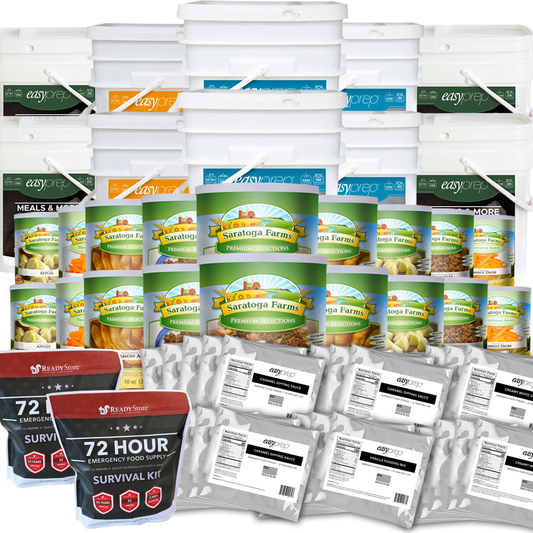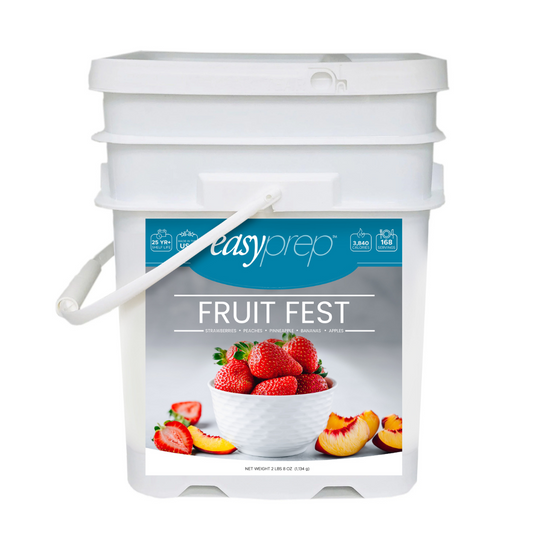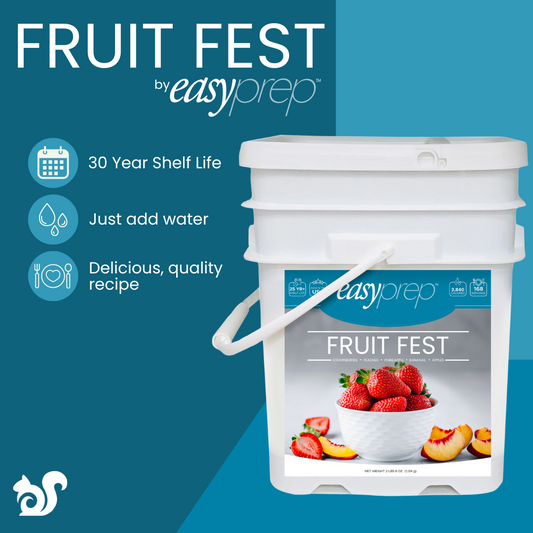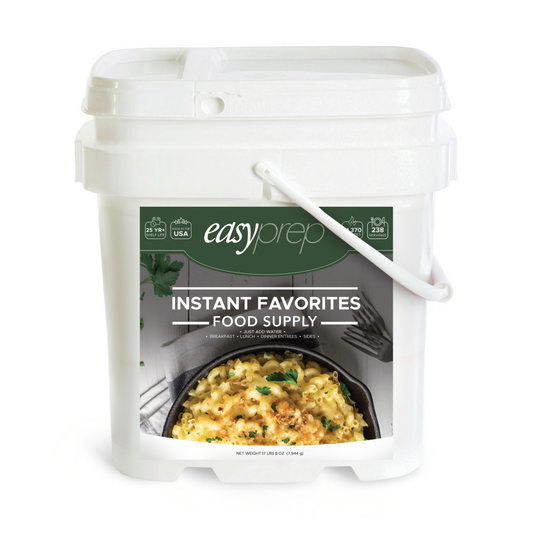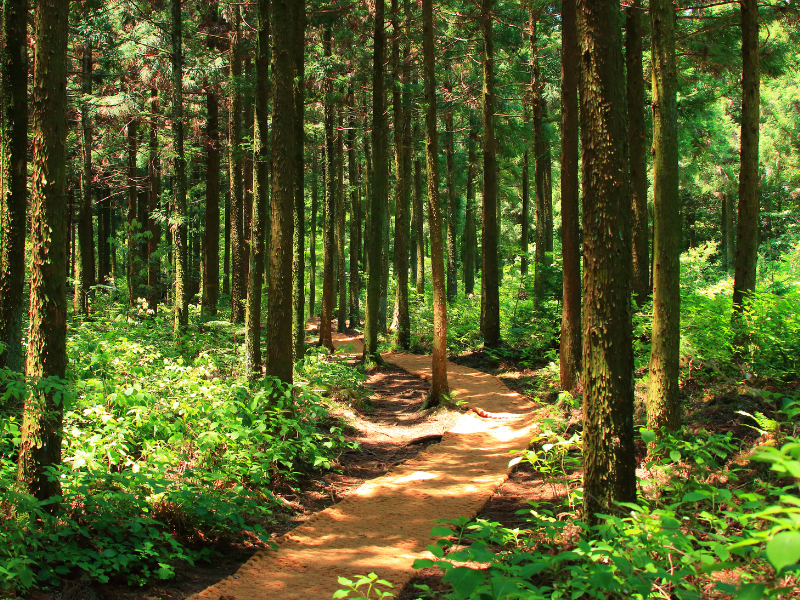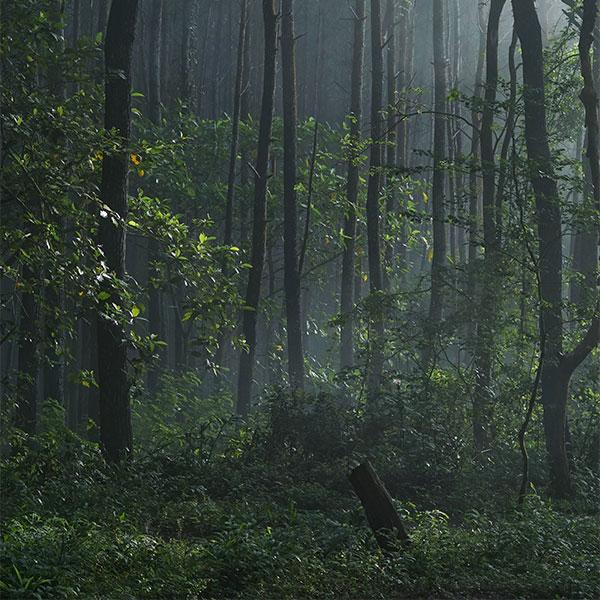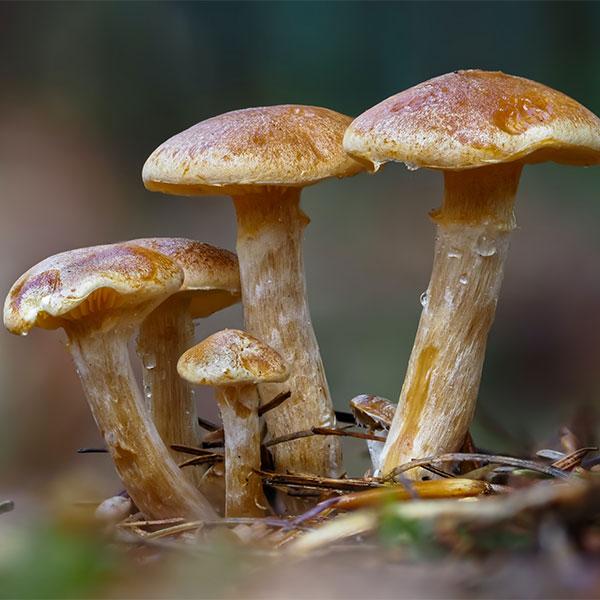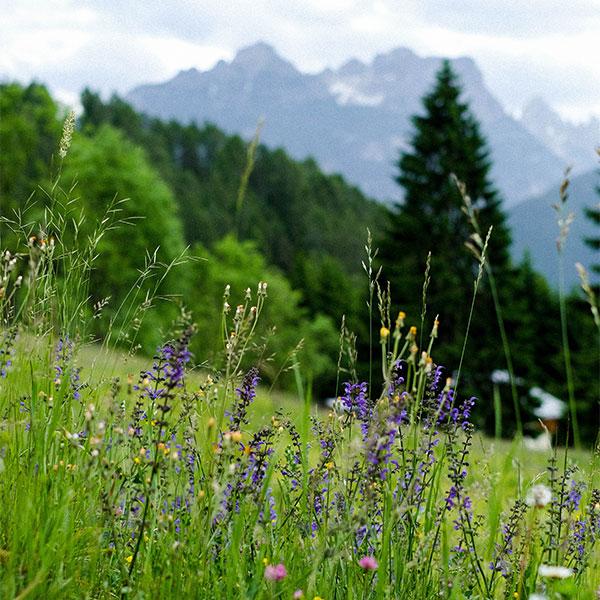If you were hunting this weekend and got lost, would you know which plants are safe to eat? Identifying edible plants could mean the difference between life and death. In a survival situation, it's essential to know which plants to trust and which ones to avoid. The first rule is simple: if you can’t positively identify a plant, don’t eat it. Some plants may be edible when young but become poisonous later in their growth cycle, while others are toxic during specific seasons or at certain stages. Certain parts of a plant might also be poisonous, even though other parts are safe to eat. Here’s a general guide to help you identify edible plants and avoid harmful ones:
- Milky sap
- Spines, fine hairs, or thorns
- Beans, bulbs, or seeds inside a pod
- Grainy heads with pink, purple, or black spurs
- A three-leaf growing pattern (e.g., poison ivy)
Where to Find Edible Plants
Edible plants tend to grow in different environments depending on your region. If you're in a humid area, look for plants in sunny spots. In dry regions, edible plants are often found near water sources. It's a good idea to carry a local plant guidebook with you for reference, or even make it a part of your emergency survival kit.
1. Wild Asparagus
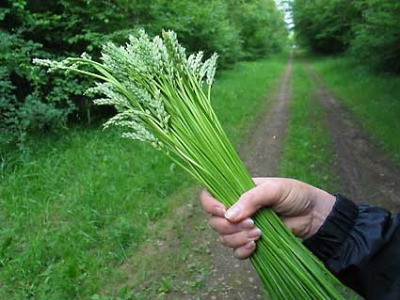 Wild asparagus is found in many parts of North America, Europe, and West Asia. It's similar to the asparagus you buy at the grocery store, but with thinner stalks. The mature plant has fern-like fronds and red berries. Wild asparagus is a great source of Vitamin C, thiamine, and potassium, and can be eaten raw or boiled. You’ll most often find it growing along ditches, fields, and fences, or at the base of ferns.
Wild asparagus is found in many parts of North America, Europe, and West Asia. It's similar to the asparagus you buy at the grocery store, but with thinner stalks. The mature plant has fern-like fronds and red berries. Wild asparagus is a great source of Vitamin C, thiamine, and potassium, and can be eaten raw or boiled. You’ll most often find it growing along ditches, fields, and fences, or at the base of ferns.
2. Cattail
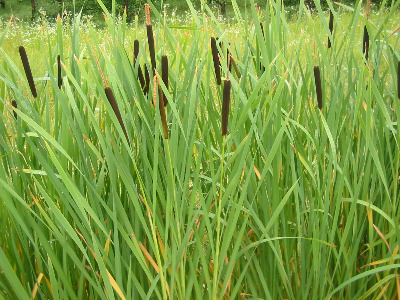 Known by many names, cattails (or bullrushes) are commonly found near freshwater rivers and ponds. These tall plants have a brown or yellow flower resembling a hot dog. Almost the entire plant is edible, but the stem near the bottom is the best part. You can boil or eat it raw. The roots are rich in Vitamins A and B, making them a great survival food.
Known by many names, cattails (or bullrushes) are commonly found near freshwater rivers and ponds. These tall plants have a brown or yellow flower resembling a hot dog. Almost the entire plant is edible, but the stem near the bottom is the best part. You can boil or eat it raw. The roots are rich in Vitamins A and B, making them a great survival food.
3. Clovers
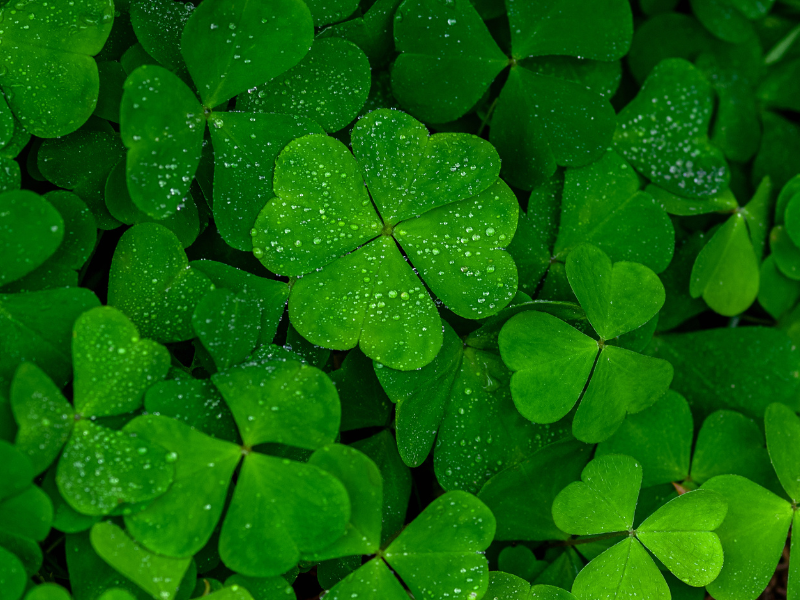 Lucky for you, clovers are edible! Found in grassy areas, young clover leaves are digestible raw in small amounts. Boil the leaves and blossoms to improve their flavor. Avoid eating brown clover blossoms, and be cautious with fermented leaves or clovers in warm climates, as they can produce small amounts of cyanide.
Lucky for you, clovers are edible! Found in grassy areas, young clover leaves are digestible raw in small amounts. Boil the leaves and blossoms to improve their flavor. Avoid eating brown clover blossoms, and be cautious with fermented leaves or clovers in warm climates, as they can produce small amounts of cyanide.
4. Chickweed
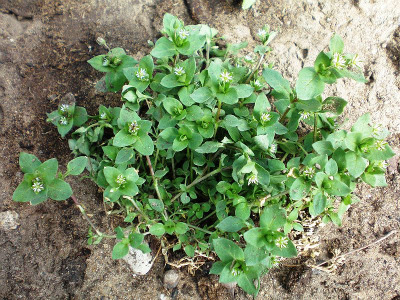 Chickweed is found in temperate and arctic zones and is a great source of vitamins and minerals. The plant has thick leaves and small white flowers. While chickweed is edible both raw and boiled, it does have a poisonous look-alike, spotted spurge, which exudes a milky sap when cut. Be sure to confirm the identification before foraging.
Chickweed is found in temperate and arctic zones and is a great source of vitamins and minerals. The plant has thick leaves and small white flowers. While chickweed is edible both raw and boiled, it does have a poisonous look-alike, spotted spurge, which exudes a milky sap when cut. Be sure to confirm the identification before foraging.
5. Dandelion
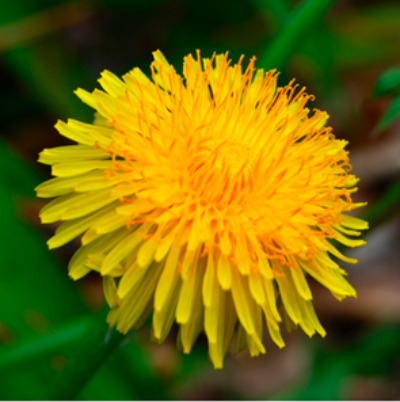 Dandelions are easy to identify and entirely edible. Young dandelion leaves are best eaten raw, but older leaves can be bitter and need to be boiled. You can also boil the roots and drink the water afterward. Dandelions are rich in vitamins and minerals, making them a valuable food source in the wild.
Dandelions are easy to identify and entirely edible. Young dandelion leaves are best eaten raw, but older leaves can be bitter and need to be boiled. You can also boil the roots and drink the water afterward. Dandelions are rich in vitamins and minerals, making them a valuable food source in the wild.
6. Fireweed
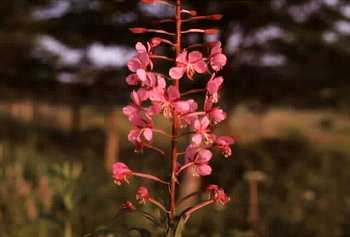 Fireweed is a common purple plant in the Northern Hemisphere. It has unique circular veins on its leaves, and the younger plants are best for eating. The flowers and seeds have a peppery taste, while the stalk and leaves can be eaten as well. Avoid older fireweed, as it becomes tough and bitter.
Fireweed is a common purple plant in the Northern Hemisphere. It has unique circular veins on its leaves, and the younger plants are best for eating. The flowers and seeds have a peppery taste, while the stalk and leaves can be eaten as well. Avoid older fireweed, as it becomes tough and bitter.
7. Green Seaweed
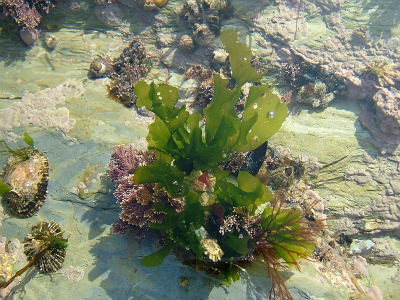 Seaweed is a common and nutritious food found in oceans around the world. After harvesting, rinse it with fresh water and let it dry out. Seaweed can be eaten raw or used in soups. It's high in vitamins and minerals, making it a valuable survival food source.
Seaweed is a common and nutritious food found in oceans around the world. After harvesting, rinse it with fresh water and let it dry out. Seaweed can be eaten raw or used in soups. It's high in vitamins and minerals, making it a valuable survival food source.
8. Plantain
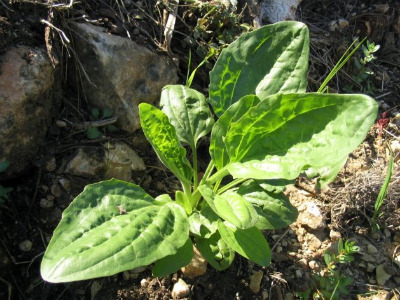 Plantain plants have large, ribbed leaves that grow close to the ground. Found near marshes, bogs, and alpine areas, plantains are better when young. As they mature, they become bitter, but the leaves can still be boiled for consumption.
Plantain plants have large, ribbed leaves that grow close to the ground. Found near marshes, bogs, and alpine areas, plantains are better when young. As they mature, they become bitter, but the leaves can still be boiled for consumption.
9. Prickly Pear Cactus
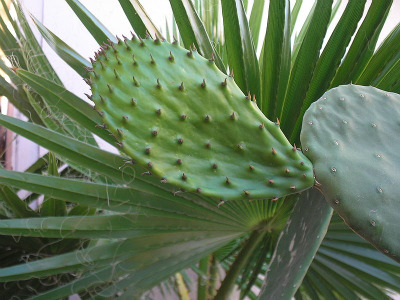 Prickly pear cacti are found in desert regions and have edible fruit that is typically red or purple. Be sure to remove the spines before eating the fruit. The younger stems of the cactus can also be eaten.
Prickly pear cacti are found in desert regions and have edible fruit that is typically red or purple. Be sure to remove the spines before eating the fruit. The younger stems of the cactus can also be eaten.
10. Elderberry
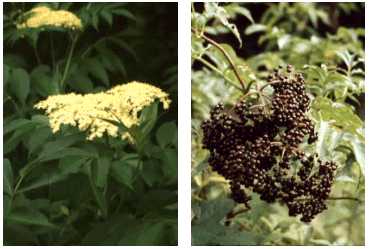 Elderberries grow in wet areas and are most commonly found in North America. The berries should be cooked before consumption, as raw elderberries can be toxic. The fully ripe black berries are safe to eat, while the flowers can be used to make elderflower tea.
Elderberries grow in wet areas and are most commonly found in North America. The berries should be cooked before consumption, as raw elderberries can be toxic. The fully ripe black berries are safe to eat, while the flowers can be used to make elderflower tea.
What Other Edible Plants Do You Know?
We’ve listed 10 edible plants, but there are countless more out there! Many guides can help you identify edible wild plants


